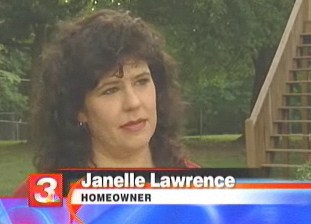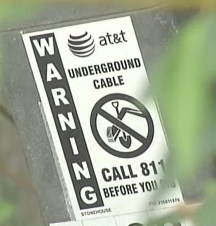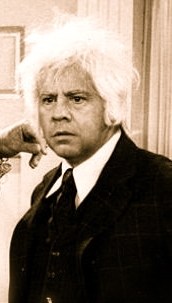 Although never the cheapest provider in Chattanooga, municipally-owned EPB Fiber continues its track record as the city’s fastest Internet service provider, and has increased its value to residents with a free doubling of Internet speeds.
Although never the cheapest provider in Chattanooga, municipally-owned EPB Fiber continues its track record as the city’s fastest Internet service provider, and has increased its value to residents with a free doubling of Internet speeds.
The speed upgrade arrives the same week AT&T mailers began showing up in Chattanooga residents’ mailboxes announcing U-verse was now available in the neighborhood.
AT&T joins Comcast in some areas, Charter in others — and EPB as the third competitor for cable, phone and broadband service in this part of southeastern Tennessee.
EPB Fiber to the Home Broadband Speeds
- 15/15Mbps service is now 30/30Mbps for $57.98 per month
- 20/20Mbps service is now 50/50Mbps for $69.99 per month
- 50/50Mbps service is now 100/100Mbps for $174.99 per month
A 150Mbps residential speed tier is also due anytime now.
Although EPB is already well known to Chattanooga residents as their local power company, the introduction of fiber optic telecommunications service has helped broaden the company’s reach. EPB claims to be signing up around 500 residents a week for service. The company does not use temporary pricing promotions to attract new customers — customers all get service for the same price. But the attractiveness of the service, especially its speed, has made EPB popular with Internet enthusiasts.
John Appling in East Lake was shocked at just how fast EPB began installation of his fiber to the home service — within hours after the company placed a door-hanger tag announcing fiber service was now available on his street.
I called 30 minutes after the door tag was hung and to my delight was able to talk with a lady that was very nice, courteous and spoke perfect English. She took all my information and told me the day and time the installers would arrive to finish installing for the TV, internet and phone service inside my home, and that a crew would come by to install the boxes on the side of my home.
I left shortly after that call and returned a couple of hours later from grocery shopping. EPB contractors had already been to my home and installed the boxes on the side of the house. Yes, super fast service.
The day the installers came to complete the inside installation, they were on time, courteous and knew just what needed to be done to complete the install. One of the men even told me of a problem with my A/C heating unit duct work underneath my home which needed to be looked about soon. The men cleaned all the areas they worked in, made sure all my services worked correctly and asked if I had any questions they could answer before they left. Both men did a fantastic job and worked quickly to complete the work.
The pictures on our TVs never looked so great, the audio sounds wonderful also. Our telephone service is perfect and works just like anyone’s phone should. I enjoy the internet service most of all. I got the Fi-Internet 20. It is so fast and works great.
I have had to call twice this week to get the support group to help me with my internet connections and both times I have gotten a person who really helped me with my problems. They spoke perfect English, knew where I lived and what services I had from EPB. It is so nice to talk with our hometown folks and know they wanted to help myself in getting all I pay for in their services.
I just read where I was one of the first of 5,000 people to have their services installed in my home. Believe me, I am so thankful that EPB has the TV, internet and phone services. I have seen so many ads from their competitors with special prices for this or that. I am just glad to have the services of EPB services myself.
[flv width=”480″ height=”380″]http://www.phillipdampier.com/video/Chattanooga FTTH by EPB.flv[/flv]
What will your future look like? While most of the country contends with a broadband duopoly providing “fast enough service for you” broadband, EPB Fiber in Chattanooga, Tenn., is bringing southeastern Tennessee broadband speeds they could only dream about before. Even better, EPB Fiber is bringing new jobs to the region and helping to light a fire under Chattanooga’s economy as one of the fastest connected cities in the southern United States. (6 minutes)


 Subscribe
Subscribe









